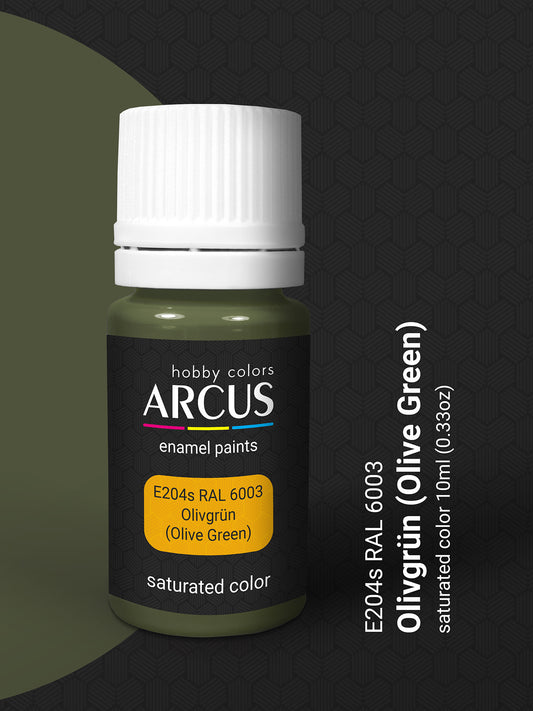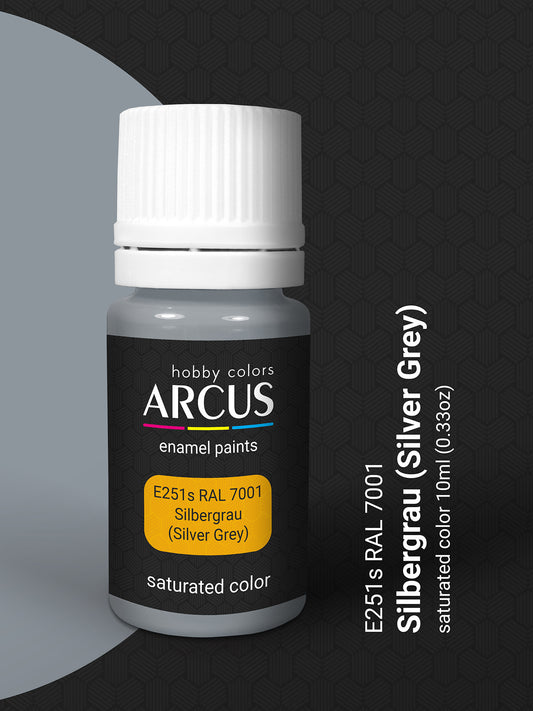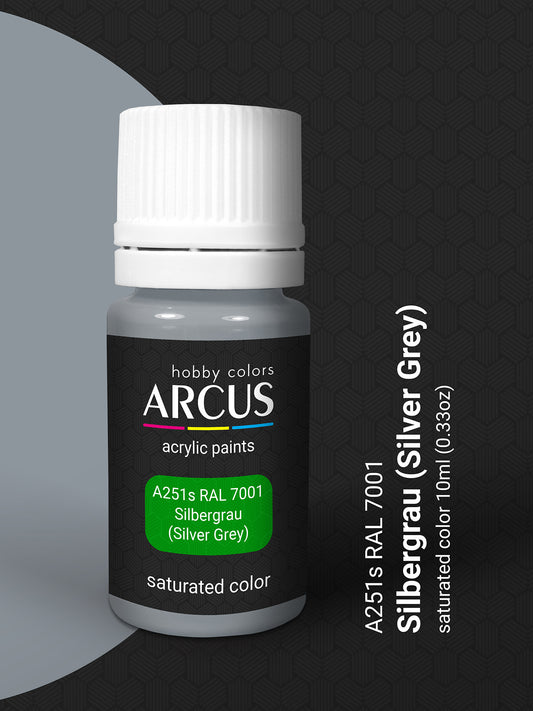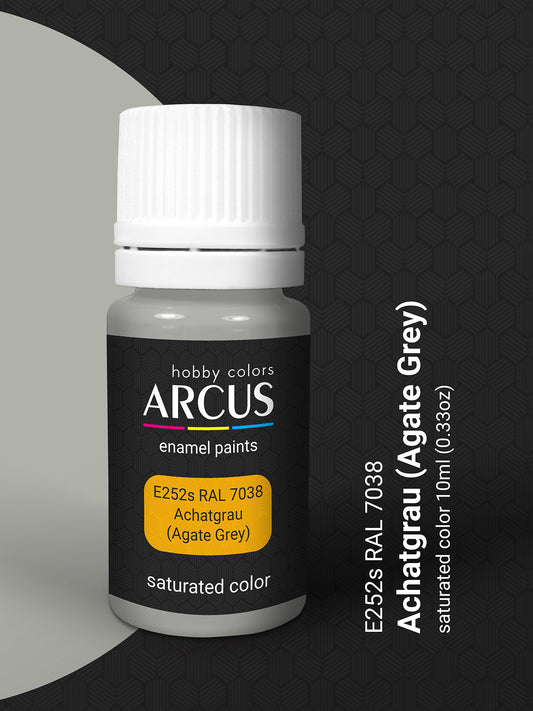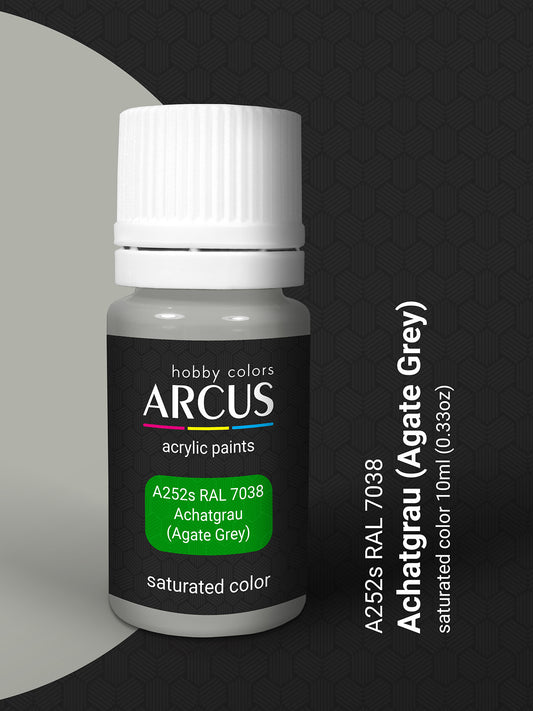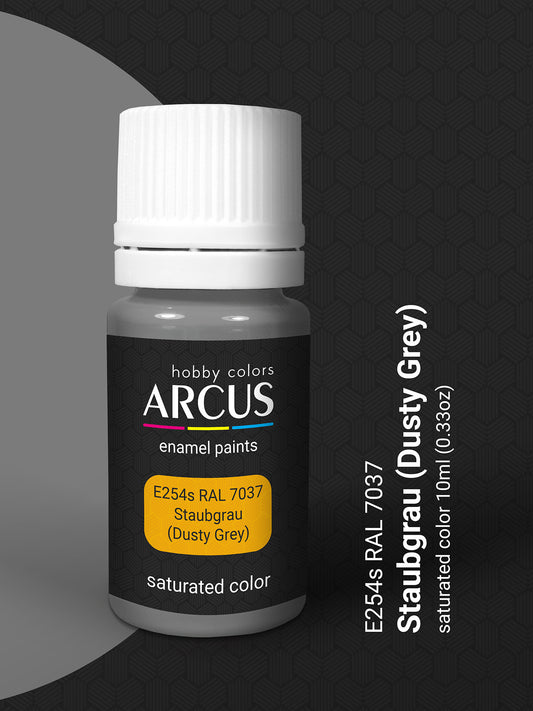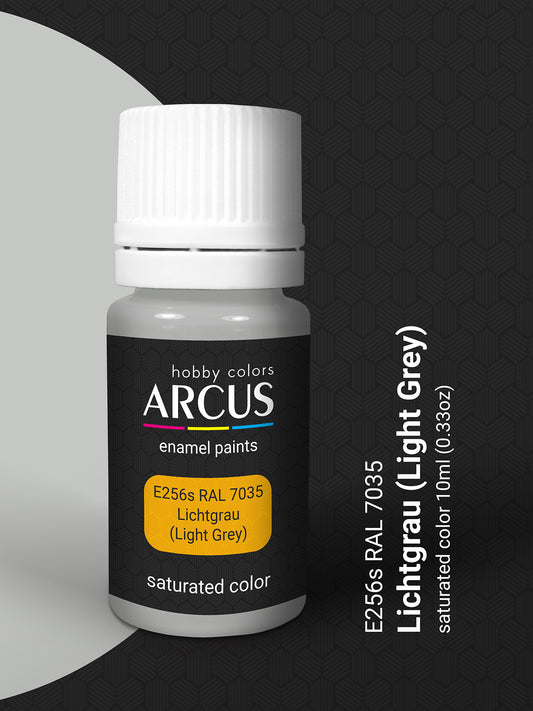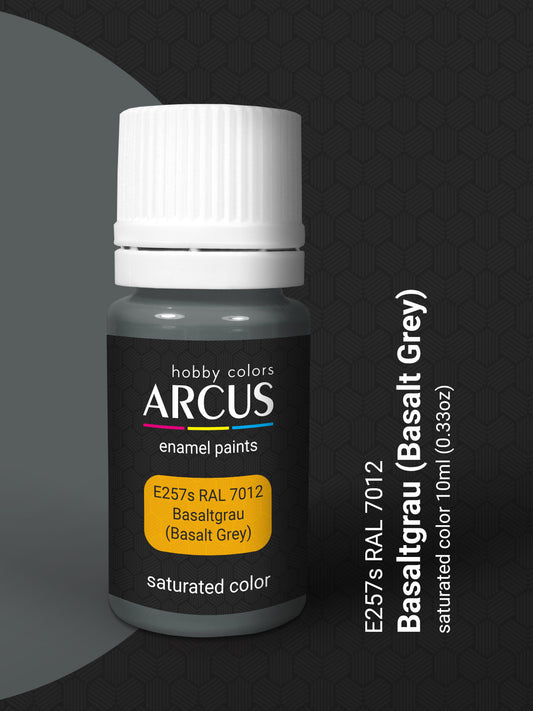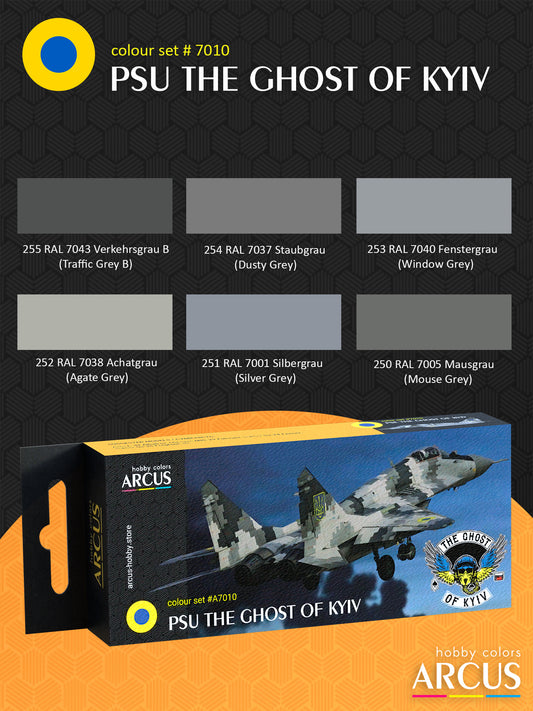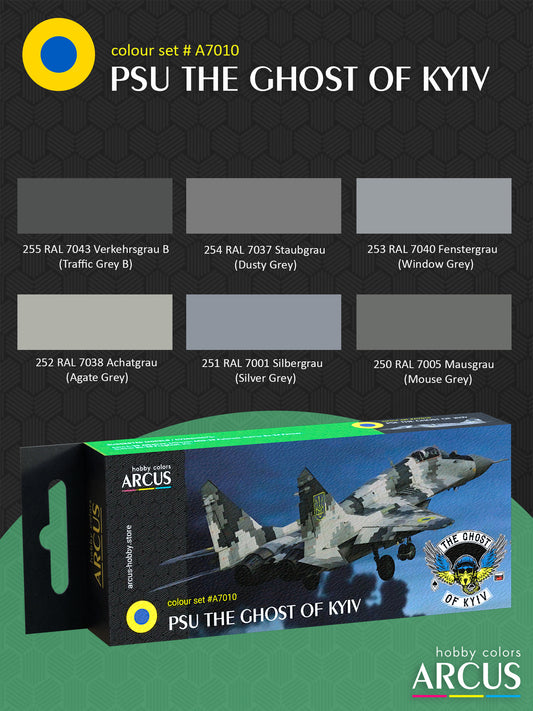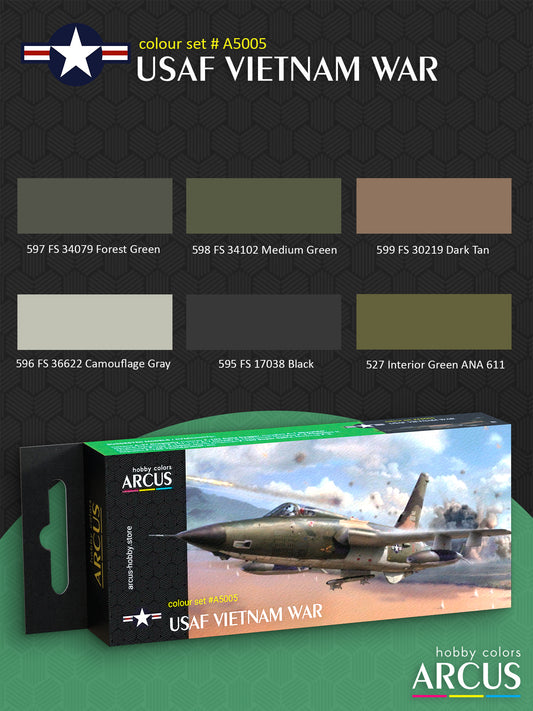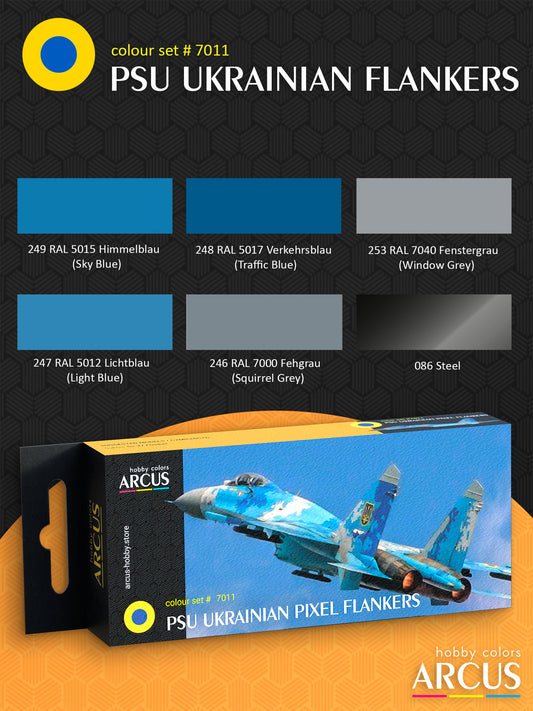The German Air Force, known as the Luftwaffe, took flight in 1956 amidst the Cold War, emerging as the aerial warfare arm of West Germany's military. Post the 1990 reunification of West and East Germany, it assimilated segments of the former German Democratic Republic's air force, founded in 1956 as a component of the National People's Army. It's crucial to highlight that the present German Air Force has no organizational link to the Luftwaffe of the Wehrmacht, founded in 1935 and dissolved after World War II. Nevertheless, the term "Luftwaffe" is commonly used interchangeably for both historical and current German air forces.
The Evolution of the German Air Force
After the severe restrictions on German aviation post-World War II, particularly the complete prohibition of military aviation by the Allied Control Commission in August 1946, the scenario changed when West Germany joined NATO in 1955. On January 9, 1956, the Luftwaffe was inaugurated as a branch of the new Bundeswehr. Notably, notable fighter pilots from the Wehrmacht's Luftwaffe, including Erich Hartmann, joined this post-war initiative. The Luftwaffe received its initial aircraft, the Republic F-84 Thunderstreak, in January 1956. Initially, it operated under two operational commands, with one aligned with the British-led Second Allied Tactical Air Force and the other with the American-led Fourth Allied Tactical Air Force.
The early years saw the establishment of key units such as the Air Transport Wing 61 (Lufttransportgeschwader 61 or LTG 61) equipped with Douglas Dakota transports, the 31st fighter-bomber squadron (Jagdbombergeschwader 31, JaBoG 31) armed with US-built Thunderstreaks, and the creation of the 71 Fighter Wing (Jagdgeschwader 71, JG 71) equipped with Canadair CL-13, Canadian-built Sabres. By 1963, Commands North and South underwent division into two mixed air force divisions. Simultaneously, the 7th Air Force Division and the German Navy air arms came under the command of Allied Forces Baltic Approaches.
In 1960, the Luftwaffe received its inaugural batch of F-104 Starfighters, serving as the primary interceptor aircraft during the Cold War, with the last F-104 retiring in the early 1990s. The 1970s witnessed the infusion of diverse aircraft, including C-160 Transall transports, Alpha Jet advanced trainers, and F-4 Phantom and Panavia Tornado fighters.
After the German reunification in October 1990, the aircraft and personnel of the former GDR air force, the Luftstreitkräfte der NVA, amalgamated with the Luftwaffe. The remnants of the East German Air Force were organized under the newly formed 5th Air Force Division (5. Luftwaffendivision). The Soviet types of aircraft, such as Sukhoi Su-17, MiG-21, MiG-23, and MiG-29 fighters, gradually transitioned to modern NATO aircraft, with the MiG-29s of Wing 73 (Jagdgeschwader 73) ultimately replaced by Eurofighter Typhoon in 2004.
In 2018, the Luftwaffe began replacing the aging Panavia Tornados, exploring options from manufacturers such as the Eurofighter Typhoon, F-15 Advanced Eagle, F/A-18E/F Super Hornet, and F-35 Lightning.
In March 2022, the German Minister of Defence, Christine Lambrecht, announced Germany's intention to procure 35 Lockheed Martin F-35 Lightning II fighter jets to replace the Tornado. This decision came as the Tornado was the only aircraft in Germany's possession capable of carrying US nuclear weapons. Germany also plans to acquire 15 Eurofighter Typhoon electronic warfare aircraft instead of Growlers. A month later, in April 2022, Germany selected the CH-47F Chinook to replace its aging fleet of Sikorsky CH-53 Sea Stallion helicopters as part of the STH program continuation.
Operational History of the Modern Luftwaffe
The modern German Air Force faced its initial combat incidents shortly after its inception. Notably, in September 1956, two Republic F-84F Thunderstreak aircraft from JaBoG 32, during NATO Checkmate exercises, inadvertently violated East German airspace due to adverse weather and pilot errors. Intercepted by Luftstreitkräfte der NVA fighters, the Luftwaffe planes managed to evade pursuit and safely landed at Berlin Tegel Airport, then under French jurisdiction. A similar incident involving a Hawker Sea Hawk from the Bundesmarine occurred in 1962, but this ended in the unfortunate downing of the aircraft.
The first combat operations of the Luftwaffe took place in the 1990s. During the September 1995 Deliberate Force operation, Luftwaffe Tornado aircraft provided support to NATO artillery against Bosnian Serb positions in Sarajevo, Bosnia, and Herzegovina.
In 1999, the Luftwaffe actively participated in the Kosovo War alongside other NATO members. Tornado aircraft from the German Air Force engaged in several missions to suppress enemy air defenses in the Kosovo region. Subsequently, in 2005 and 2008, Luftwaffe F-4F Phantom II fighter planes contributed to the Baltic Air Policing operation of NATO.
In 2006, in support of military operations in Afghanistan, the Luftwaffe dispatched Panavia Tornado reconnaissance planes from the 51st Reconnaissance Wing "Immelmann" (Aufklärungsgeschwader 51 "Immelmann"), stationed in Mazar-i-Sharif, Northern Afghanistan. Additionally, various German Army helicopters operated from the Luftwaffe Air Base in Mazar-i-Sharif. C-160 Transall aircraft from the Luftwaffe were involved in transport plane missions in and around Afghanistan.
Camouflage Evolution of Modern Luftwaffe Aircraft
Luftwaffe aircraft, throughout its history, has exhibited a fascinating evolution in camouflage design, reflecting changes in technology, warfare strategies, and aesthetic considerations. The evolution can be traced through various standardized schemes that defined different eras.
Serving as the inaugural standard camouflage for Luftwaffe aircraft, Norm 62 introduced a two-tone pattern, harmonizing shades of gray and olive. The objective was to provide optimal coverage across diverse West German landscapes.
While retaining the gray and olive color palette, Norm 72 introduced a subtle alteration in the arrangement of camouflage patches. This modification aimed to enhance the aircraft's concealment and adaptability to the evolving dynamics of aerial combat.
Marked by the introduction of a three-color upper surface camouflage, Norm 76 maintained the gray and olive tones while introducing black. This adaptation aimed to provide improved concealment during both daylight and nocturnal operations.
Signifying a departure from previous designs, Norm 81 introduced a sophisticated multi-color scheme. Applied notably to Phantom aircraft, this scheme featured a combination of earthy tones, enhancing the aircraft's concealment across a broader spectrum of terrains.
Witnessing a paradigm shift, Norm 83 ushered in a wrap-around camouflage predominantly composed of various shades of green. This change was prompted by the need for enhanced concealment in lush environments, with the wrap-around design strategically breaking the visual continuity of the aircraft.
Reflecting the changing geopolitical landscape and Germany's increasing integration into NATO, the Luftwaffe transitioned to NATO-standard gray schemes. Norm 90J, a three-color scheme, became prevalent during this period, aligning with the camouflage standards of other NATO members.
Emphasizing simplification, Norm 95 adopted a full FS gray scheme. This design aimed to streamline maintenance procedures and foster visual uniformity across the fleet. The reduced complexity facilitated quicker turnaround times for repainting and repairs.
This nuanced chronology of camouflage evolution underscores the Luftwaffe's commitment to staying at the forefront of the ever-evolving aerial warfare landscape. Each iteration represents a thoughtful response to technological advancements, strategic considerations, and the need for operational flexibility. The evolution also highlights the modern Luftwaffe's agility in adapting its visual identity to align with broader shifts in military doctrine and international alliances.
Color Standards of German Aviation Camouflages
The color standards employed by the German Air Force, or the Luftwaffe, have undergone a profound transition over the years, reflecting shifts in operational requirements, international collaborations, and advancements in military technology. This evolution is particularly notable in the transition from traditional RAL standards to the adoption of Federal Standard 595 (FS) colors, showcasing the Luftwaffe's adaptability to changing geopolitical and strategic landscapes.
Initially, Luftwaffe aircraft were painted under the RAL 840-HR standard. RAL, a German color standard, was devised for the unification of colors across various sectors. Administered by the German RAL gGmbH, it aimed to establish a consistent color palette across different state industries.
As West Germany became an integral part of NATO in 1955, the need for standardized camouflage across allied forces gained prominence. This integration prompted the gradual inclusion of colors from the Federal Standard 595 (FS) into Luftwaffe color schemes. The FS colors were widely adopted by NATO members to ensure uniformity and ease of identification among allied forces.
Norm 83, introduced in 1983, represented a significant departure from previous designs, favoring a wrap-around camouflage predominantly in green shades. This period also witnessed the beginning of the transition to NATO-standard gray schemes. Norm 90J, a three-color scheme adopted in the 1990s, marked a more pronounced shift towards FS colors, aligning the Luftwaffe's visual identity with the broader NATO aesthetic.
The integration of the Luftstreitkräfte der NVA (Air Forces of the National People's Army) from the former German Democratic Republic (GDR) into the Luftwaffe brought a fusion of diverse camouflage legacies. The remnants of the East German Air Force, equipped with Soviet aircraft, joined the Luftwaffe after German reunification in October 1990. The aircraft of the Luftstreitkräfte der NVA, predominantly of Soviet origin, featured camouflage schemes typical of Soviet post-war air forces. Soviet-designed aircraft such as Sukhoi Su-17, MiG-21, MiG-23, and MiG-29 were painted according to standard Soviet camouflage practices.
By 1995, the Luftwaffe had completed its transition to the Norm 95 scheme, which embraced the full FS gray palette. This shift not only facilitated quicker maintenance and repair processes due to simplified color schemes but also enhanced interoperability with the USAF and other NATO air forces.
This transition in color standards reflects the Luftwaffe's commitment to harmonizing with allied forces, ensuring rapid identification, and streamlining maintenance processes. The move from traditional RAL standards to the adoption of FS colors exemplifies the Luftwaffe's strategic alignment with NATO standards, showcasing its commitment to international collaboration and operational efficiency.



